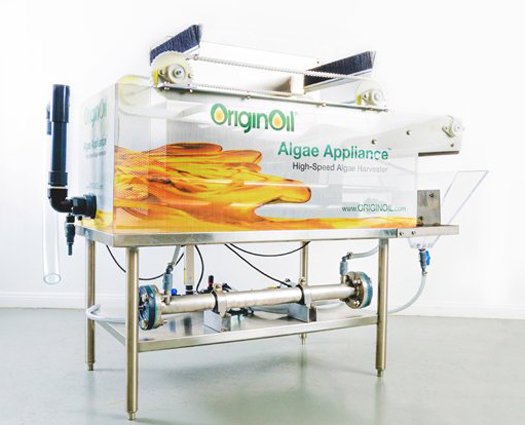March 20, 2013
We found this wonderful article by the staff over at Popsci featuring the top 6 eco-friendly innovations of last year. We can’t wait to see what’s in store for 2013 after seeing these!
1. DyeCoo Textile Systems
It takes between 25 and 40 gallons of water to dye 2.2 pounds of fabric. Multiply that by the millions of T-shirts, track pants, and other textiles made each year, and you get two huge environmental problems: millions of tons of chemical-laden wastewater and depletion of freshwater.
Instead of H2O, DyeCoo’s process uses supercritical carbon dioxide, which has fluidlike properties. The fabric absorbs nearly all the dye while generating no wastewater, and 95 percent of the CO2 is recycled into the next batch. Plus, reduced energy and chemical use cuts production costs 30 to 50 percent. Nike, which has a partnership with DyeCoo, used it to dye an Olympic singlet for Kenyan marathoner Abel Kirui, and Adidas put its first 50,000 DryDye T-shirts on sale this summer.
H2O savings: 100%
CO2 savings: Up to 60% less emissions
Cost savings: 30–50%
2. Greif PackH20 Waterwear Pack
WaterWear is an elegant solution to a problem faced by millions of people: how to transport drinking water. The collapsible backpack, constructed from industrial-grade woven polypropylene, holds 5.3 gallons—slightly more than a typical jerrican, at one seventh the weight and half the carbon footprint. Plus, the pack’s clear liner can be removed and set in the sun so that UV light disinfects the contents; a spigot at the bottom eliminates the need for dipping cups, keeping the water clean. $10 donation sponsors one pack.
3. OriginOil Model 4 Algae Appliance
OriginOil created this compact unit to lower the barriers to entry for algae harvesting. The Model 4 can process one gallon of algae-rich water per minute, concentrating the algae for later conversion to biofuels and other products. In July, the company shipped the first production model to France, where an urban building complex may use it to farm algae in wastewater.
4. Fenix ReadySet
The ReadySet portable base station can draw and store energy from a number of sources: A 15-watt solar panel charges its battery in seven hours. Next year, Fenix will release a kinetic generator, which can help a bicyclist do the same in less than an hour, along with micro hydro and wind generators. The company also released a power API and developer platform, ensuring that entrepreneurs can extend the system’s capabilities even further.
5. Qbotix Tracking System
To optimize solar collection for both time of day and season of year, the QBotix Solbot slides along a monorail between pole-mounted photovoltaics, adjusting the tilt of each panel along two axes every 40 minutes. A pair of Solbots can replace up to 400 motors on conventional tracking systems, slashing the cost-per-energy-unit of ground-mounted solar by up to 20 percent. In 2013, the Santa Rita Jail in Dublin, California, will install the first 50-kilowatt system, with two bots managing 160 panels.
6. OpenROV
The open-source OpenROV is one of the simplest tools developed to foster personal underwater research, environmental monitoring and exploration. The remote-controlled submarine weighs 5.5 pounds and and costs about $500 in off-the-shelf parts. The vessel is designed to descend to 330 feet, all the while sending images to the surface over an Ethernet tether.







